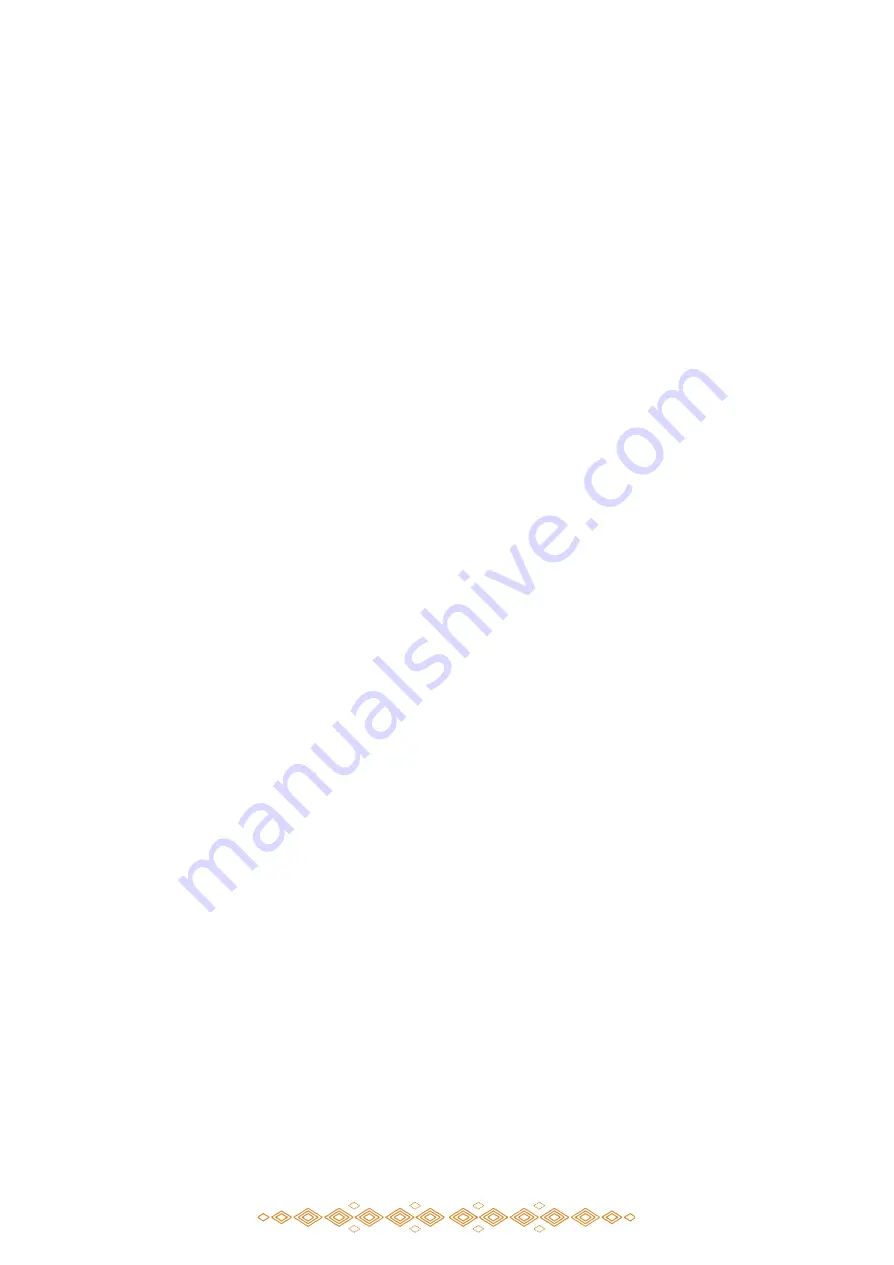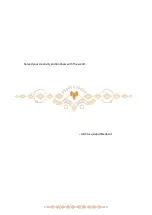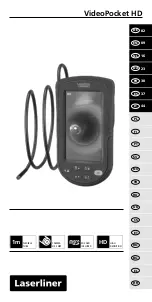
Dueling EGs
You can use the 2nd channel of Natural Gate with different settings or as a control source for CTRL as
(when nothing is plugged into a channel's IN jack, a DC voltage is normalised for extraction of an
envelope signal at the OUT jack.).
Sending in an external EG into the CTRL input jack while using the HIT input with other sources gives
lots of interesting dynamics (try a differently sync'd source than the trigger for the external EG).
Keep in mind that the CTRL signal is still affected by the OPEN and DECAY settings so long decays or
high OPEN levels may begin to override these external envelope.
Set your other EG with some slower attack. Also try feeding the source trigger signal to both the
external EG (again OP to the CTRL input of Natural Gate), and to one input of a logic gate (AND, OR,
XOR, etc) with random source as 2nd input. Send the output of the logic gate to Natural Gate's HIT
input. And panning these channels R & L emphasises this quite a bit.
Kick
Natural Gate's envelope works extremely well for shaping kick drum sounds. Feed in a low-frequency
signal from a VCO and trigger at the HIT input. Adjust the DECAY, OPEN, and MATERIAL to taste. Put
them under voltage control, if you like, and save a VCADSR.
Even better (to our ears) is to use a self oscillating LPF. Use one Natural Gate channel for controlling
the volume of the LPF output and the other (mult the HIT inputs together) for the FM pitch envelope
of the filter. Adjust. Oh my.
Spectral Carver Ducking Compressor
Process the inverted envelope control signal with offset and send into the CTRL input jack. Set the
attenuverter trimmer to some setting for the desired ducking amount. This is a nice effect over just
using a VCA as the ducks you get are not purely volume ducks and will remove HF content as well.
Try it for sidechain use and see what you've been missing!
Looping EG/LPG and Feedback Madness
Because of the way Natural Gate's HIT input is designed, you can create a nifty feedback loop by
sending the OUT back to the HIT input (through an offset module) and now use the OPEN and DECAY
amounts to control the frequency of the waveform. Use a processing utility, such as Knobs, to modify
(offset) where the HIT input will trigger off the output (shift the envelope output signal down with
an offset before feeding to the HIT input). And make sure you kick start it with an OR’d HIT signal!
Clicks
The MATERIAL switch can be used to reduce or enhance 'clickiness' at the onset of a hit event.
Furthermore, for lower frequency waveforms, you can get seemingly random or 'drifting' click
strengths that can make short events sound very human. Keep in mind that the ability to set
MATERIAL to the up position and make strong clicks is incredibly useful and makes your notes cut in a
mix very well. And just like a plectrum on a string, or a stick hitting a hard object, these little bursts




































